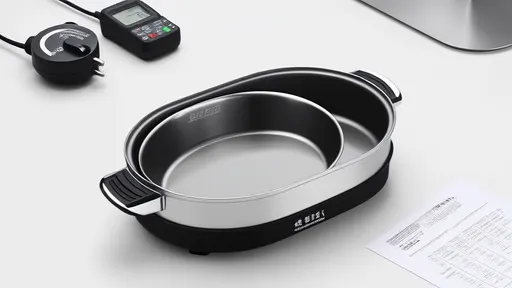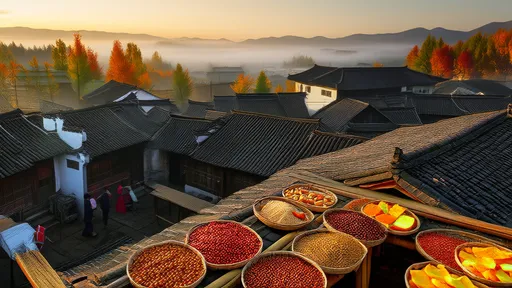The Taitung Rift Valley, a breathtaking stretch of land running between Taiwan's Central Mountain Range and the Coastal Mountain Range, is renowned for its picturesque landscapes and rich agricultural heritage. Among its many culinary treasures, the Chihshang lunchbox stands out as a beloved icon of Taiwanese gastronomy. These meticulously prepared meals, served through small takeout windows across the valley, represent more than just convenient sustenance—they embody generations of culinary tradition and the unique terroir of Taiwan's rice basket.
Stepping up to one of these unassuming service windows feels like uncovering a well-kept local secret. The aroma of freshly steamed rice—grown in the mineral-rich soils of the Chihshang area—immediately envelops visitors. This isn't ordinary rice; it's the famed Chihshang rice, prized throughout Taiwan for its perfect texture and subtle sweetness. The grains form the foundation of every lunchbox, supporting an artful arrangement of traditional side dishes that change with the seasons.
The history behind these lunchboxes stretches back to the 1930s, when railway workers needed portable, nourishing meals for their long shifts along the newly constructed rail lines. What began as practical sustenance evolved into a culinary tradition, with each generation refining the recipes while maintaining the original spirit of these boxed meals. Today, the most famous establishments still operate near train stations, serving both nostalgic locals and curious travelers seeking authentic Taiwanese flavors.
Behind the counter, workers move with practiced efficiency, assembling each lunchbox with care. A typical order includes the signature rice topped with braised pork, pickled vegetables, a tea egg, and perhaps a slice of tender grilled fish or chicken. The portions are generous yet balanced, designed to satisfy without overwhelming. What makes these meals extraordinary isn't any single ingredient, but the harmony of flavors and textures achieved through decades of refinement.
Seasonality plays a crucial role in the composition of these lunchboxes. During winter months, heartier braised dishes and root vegetables appear, while summer versions might feature lighter preparations with local greens and fresh bamboo shoots. The accompanying pickles—often made from locally grown mustard greens or radishes—provide the perfect acidic counterpoint to the rich main components. Every element serves a purpose, creating a complete dining experience in compact form.
The packaging itself carries nostalgic significance. Traditional lunchboxes come in simple wooden or cardboard containers, though some modern vendors have switched to more eco-friendly alternatives. Unwrapping the package reveals the carefully arranged components, each in its designated section—a visual feast before the first bite. Many establishments still tie the boxes with string or secure them with rubber bands, maintaining the old-fashioned charm that regular customers cherish.
Beyond their delicious contents, these lunchbox windows serve as social hubs in their communities. Regulars exchange greetings with staff while waiting for their orders, and first-time visitors receive warm welcomes along with recommendations. The pace is brisk but never rushed—these are meals meant to be enjoyed at leisure, whether at nearby picnic tables, on train journeys, or back at home after a long day's work.
For travelers exploring Taiwan's scenic east coast, stopping at a Chihshang lunchbox window has become something of a rite of passage. The combination of convenience, quality, and cultural significance makes these humble meals unforgettable. They represent the essence of Taiwanese home cooking—honest, flavorful, and deeply connected to the land. In a rapidly modernizing world, these little windows preserve a taste of tradition, one perfectly packed lunchbox at a time.

By /Aug 4, 2025

By /Aug 4, 2025

By /Aug 4, 2025

By /Aug 4, 2025

By /Aug 4, 2025

By /Aug 4, 2025

By /Aug 4, 2025

By /Aug 4, 2025

By /Aug 4, 2025

By /Aug 4, 2025

By /Aug 4, 2025

By /Aug 4, 2025

By /Aug 4, 2025

By /Aug 4, 2025

By /Aug 4, 2025

By /Aug 4, 2025

By /Aug 4, 2025

By /Aug 4, 2025

By /Aug 4, 2025

By /Aug 4, 2025